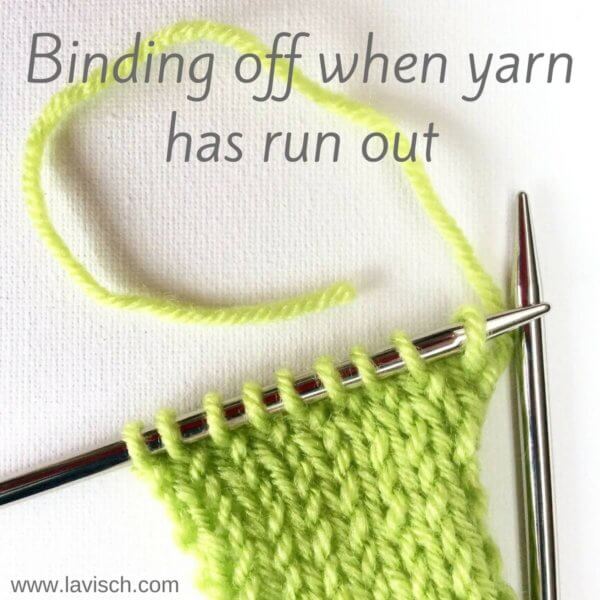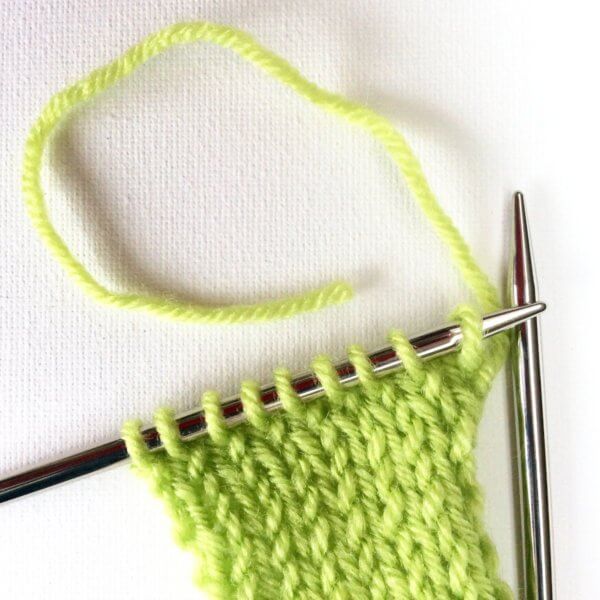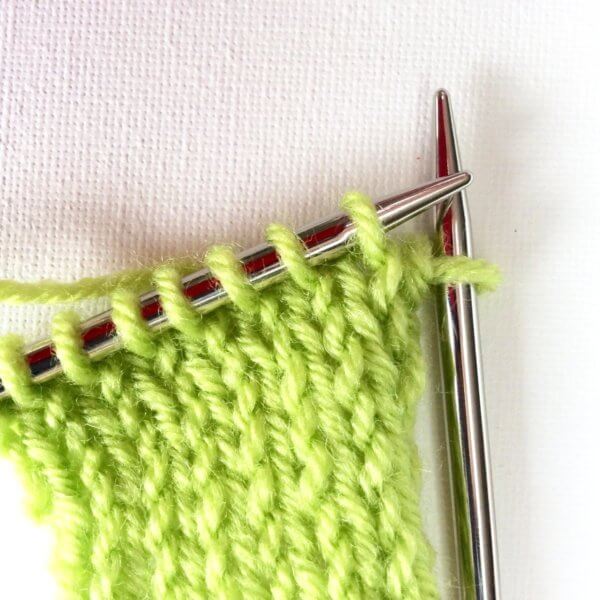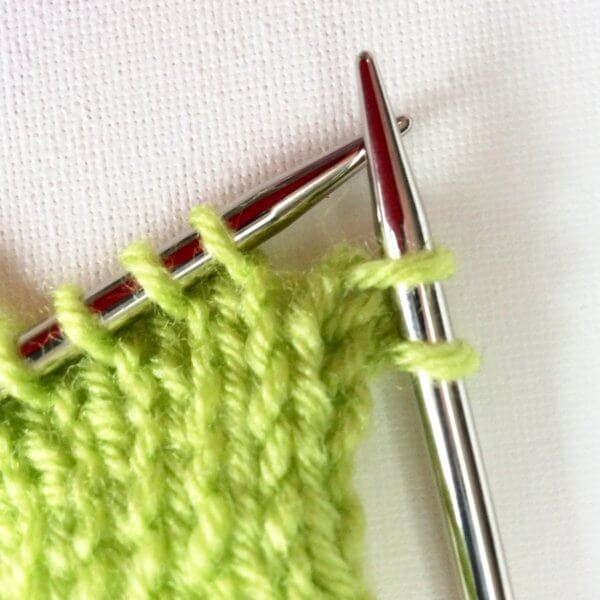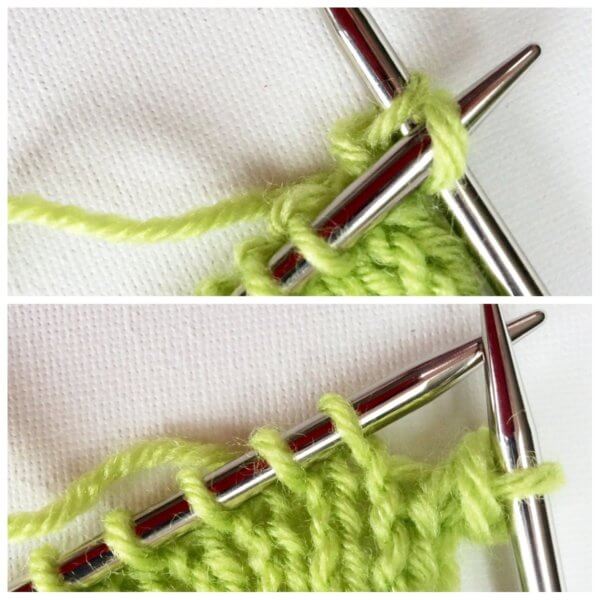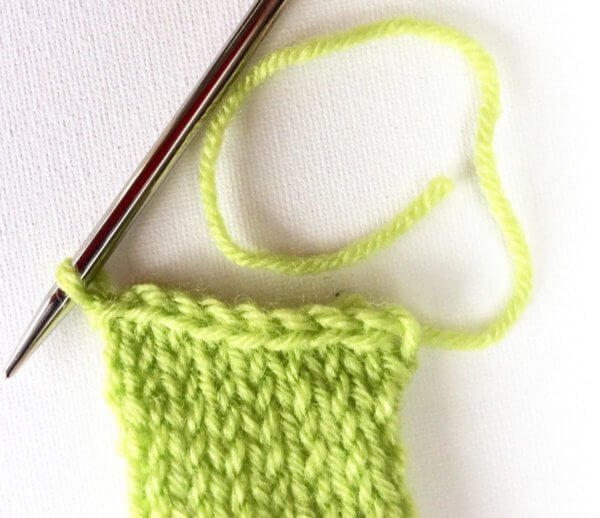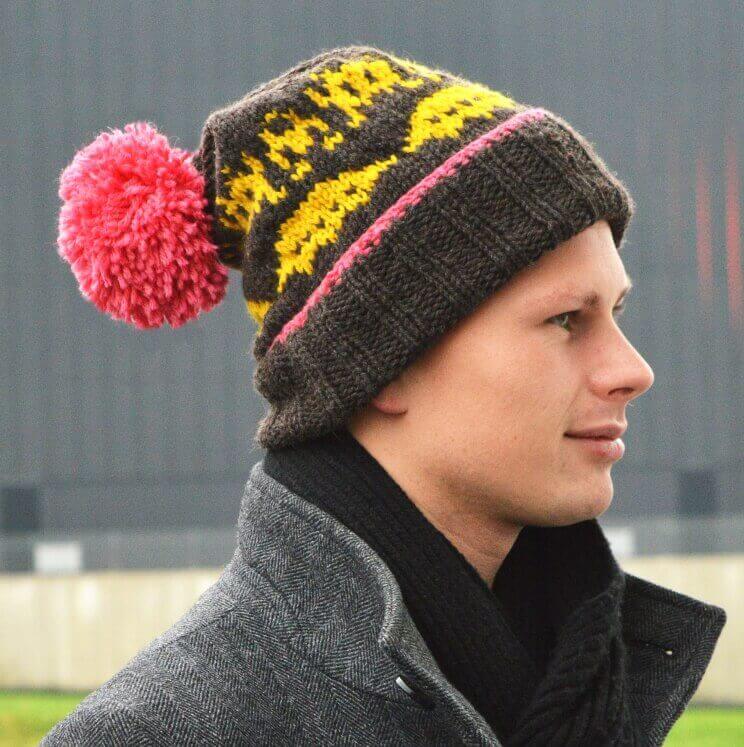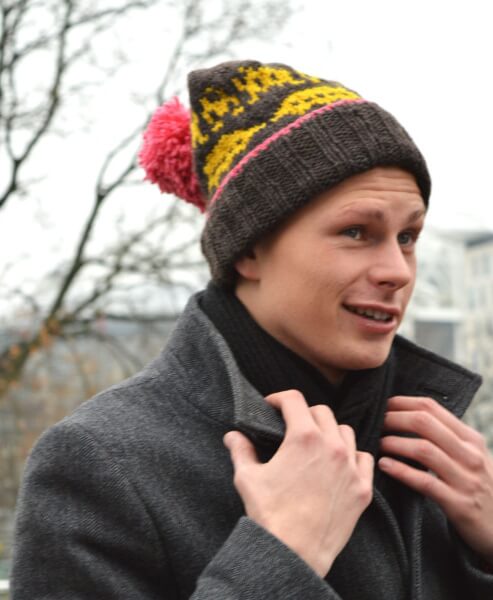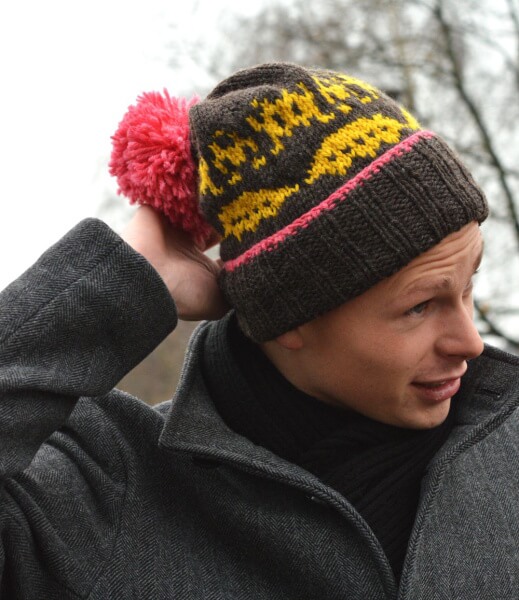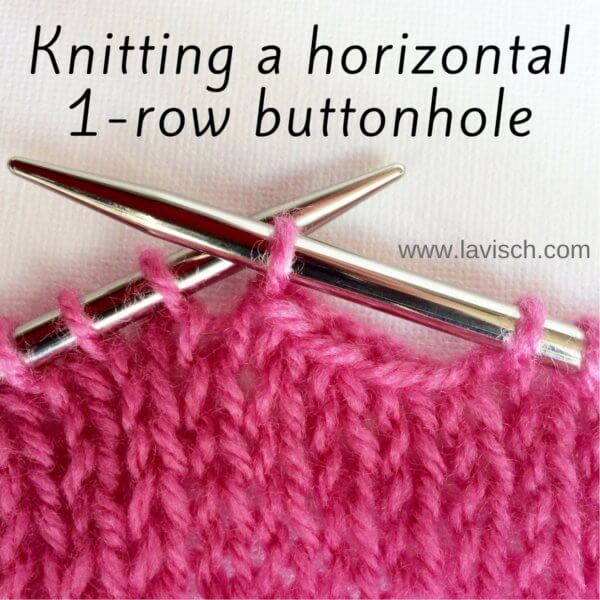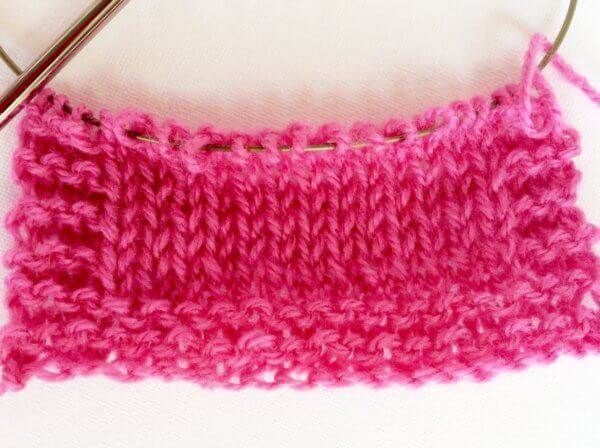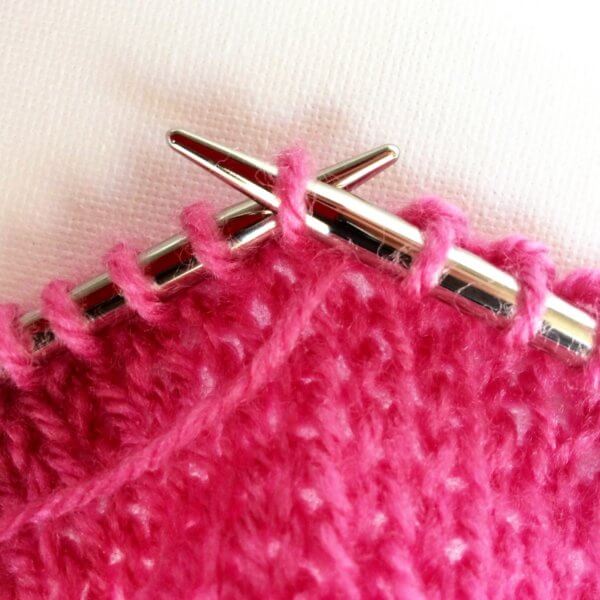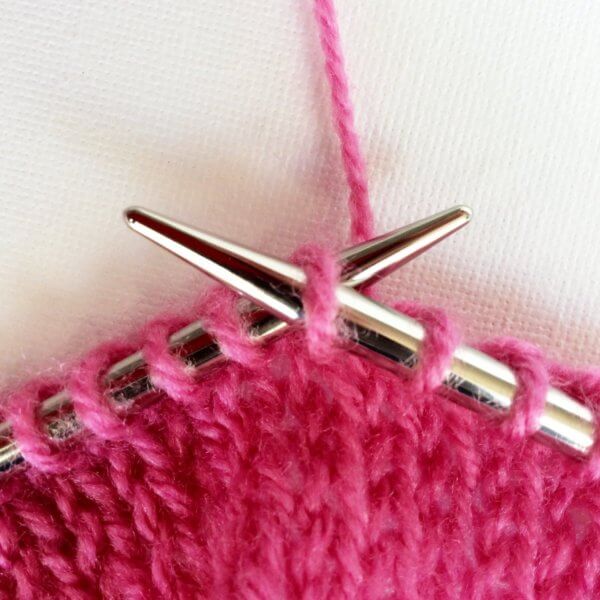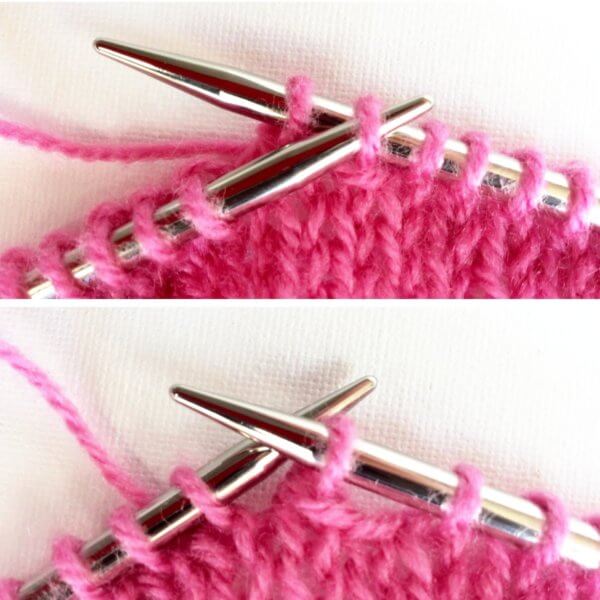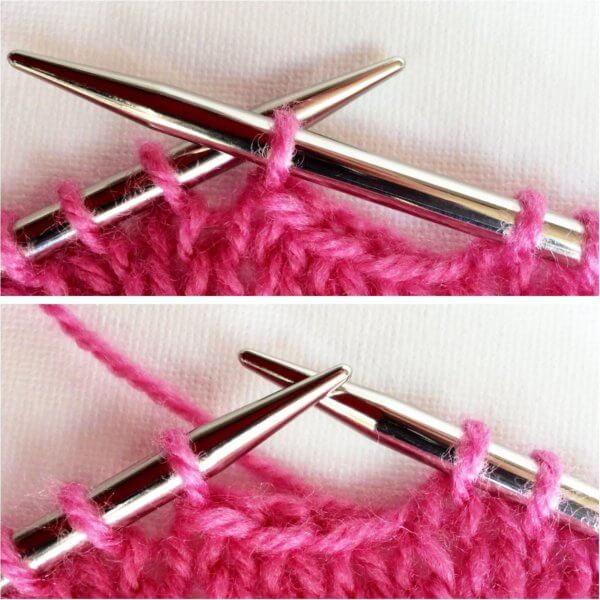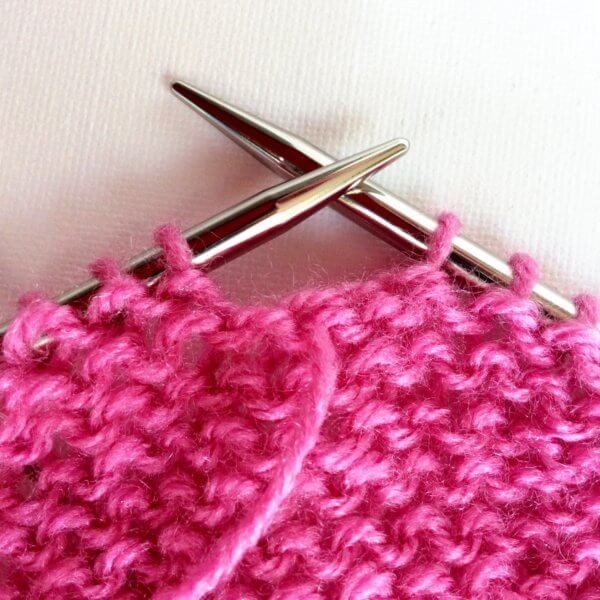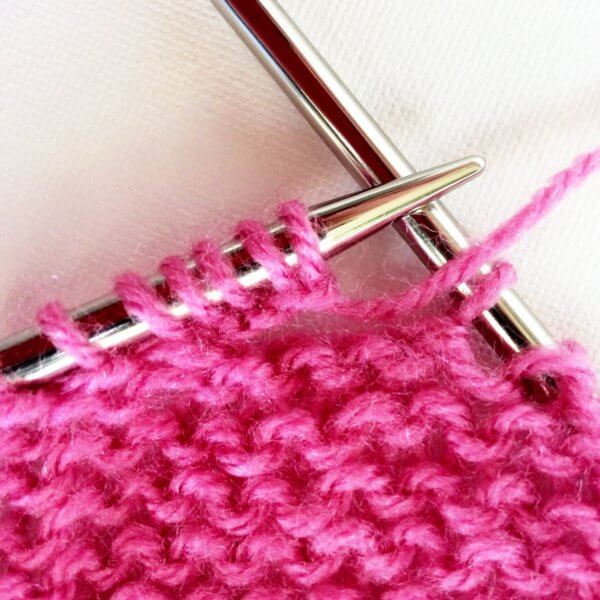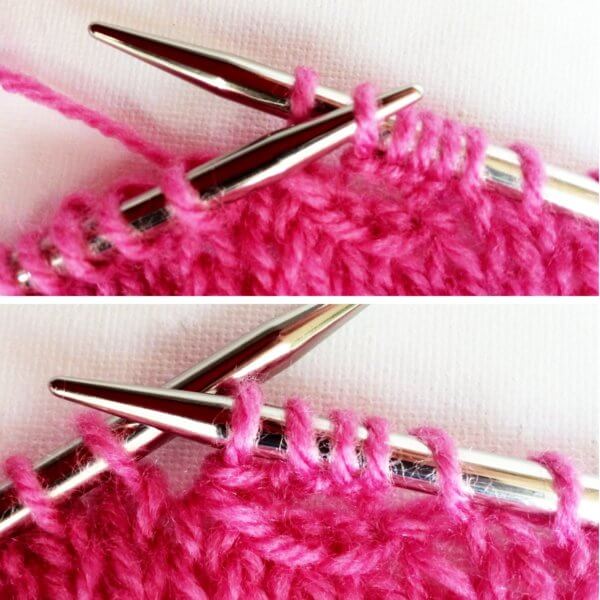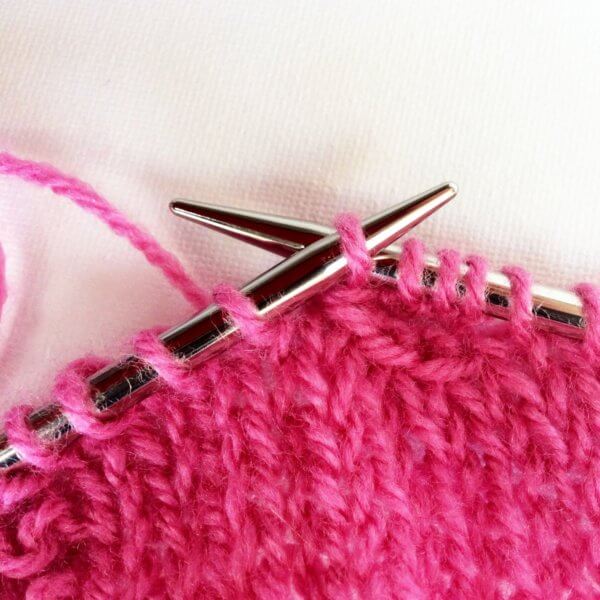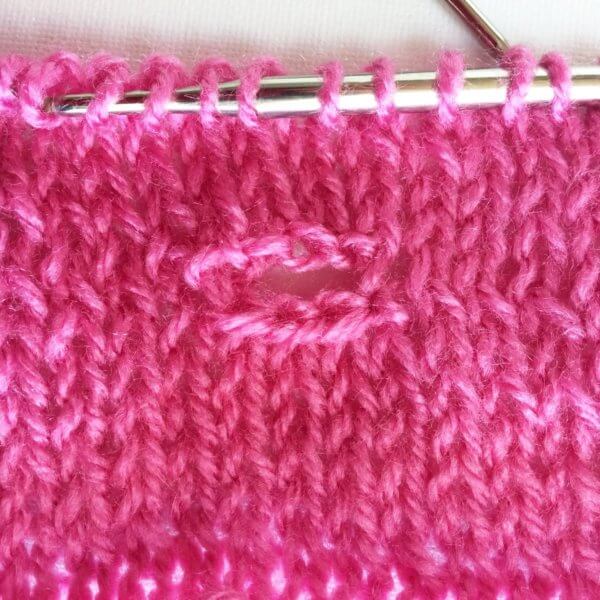tutorial: a two-color cast-on
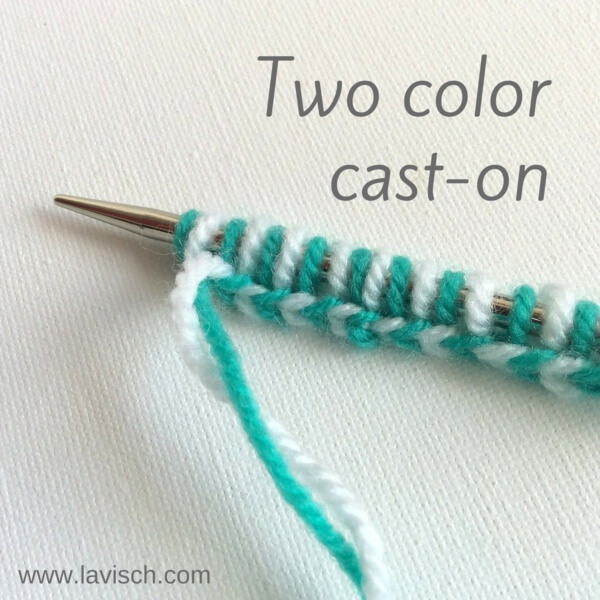
Perhaps you have seen them, those beautiful patterns by Nancy Marchant or Stephen West. Both designers often use two-color knitting in the brioche technique.
To be able to start such a two-color project, you would of course need a two-color cast-on. The “two-color brioche cast-on”, also known as the “two-color Italian cast-on” is of course an obvious choice. However, this particular cast-on method fights me all the way!
Fortunately, I also found another two-color cast-on method, which gives an elastic result. This method is for me a lot easier to use. In this post I will show you how this alternative two-color cast-on technique is done.
Two-color cast-on step-by-step
1. Start by making a slipknot holding both colors of yarn together to make the first stitch on the needle. Make sure you leave about 15 cm (6 inch) of yarn at the beginning, shorter lengths I find a bit tricky to weave in correctly.
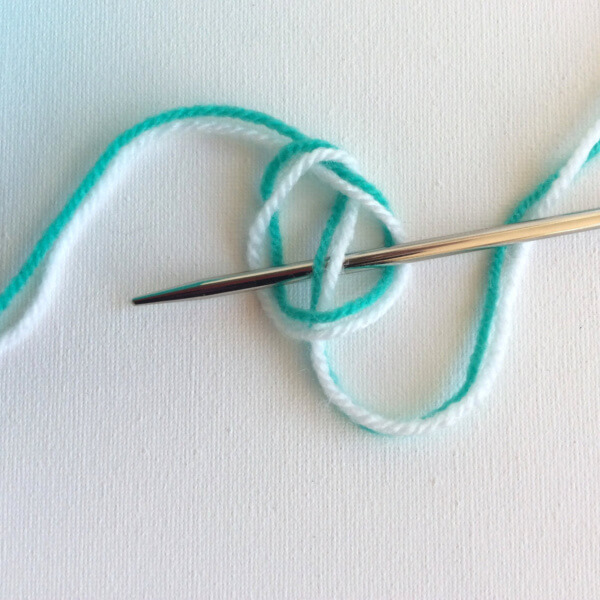
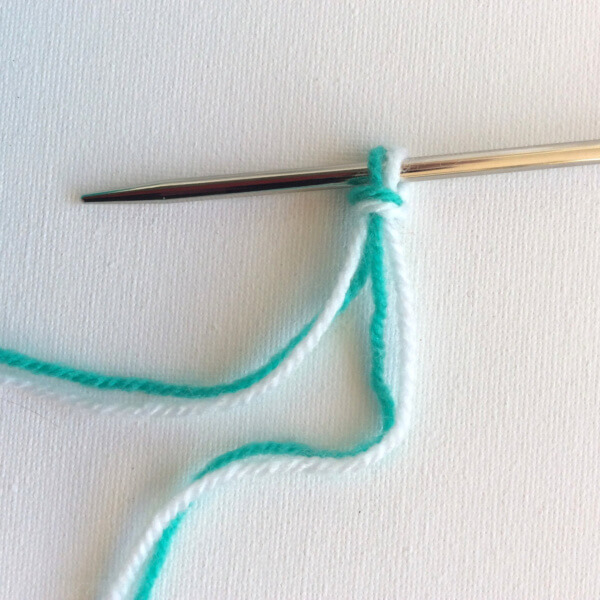
2. Place the tip of the right needle between the two loops on the needle, make a yarn over with color 1 and pull up a loop.
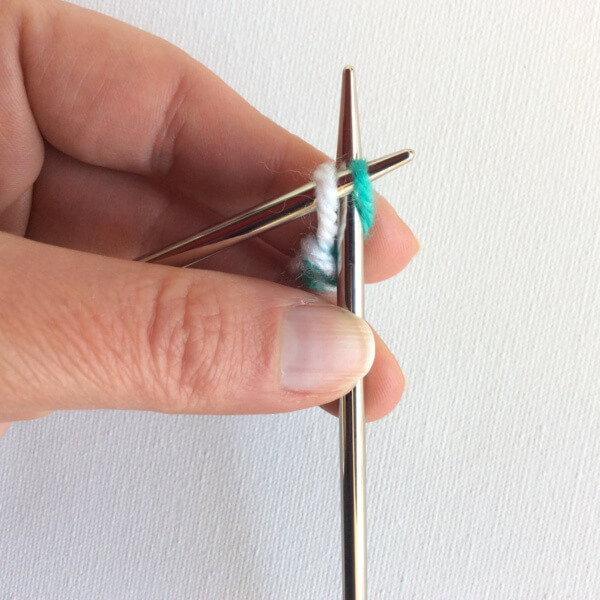
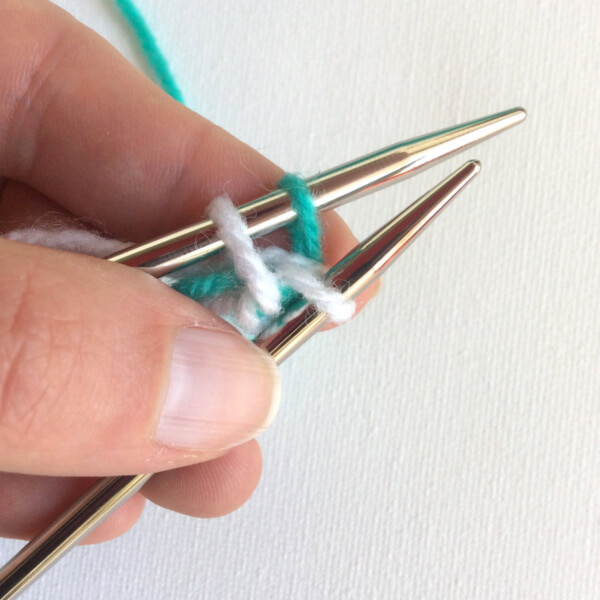
3. Put this loop twisted on the left hand needle.
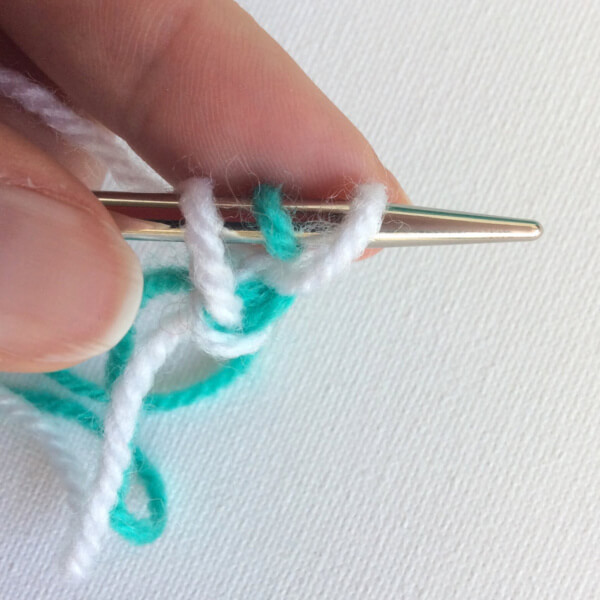
4. Now place the tip of the right needle between the front two stitches on the left hand needle, make a yarn over with color 2 and again pull up a loop.
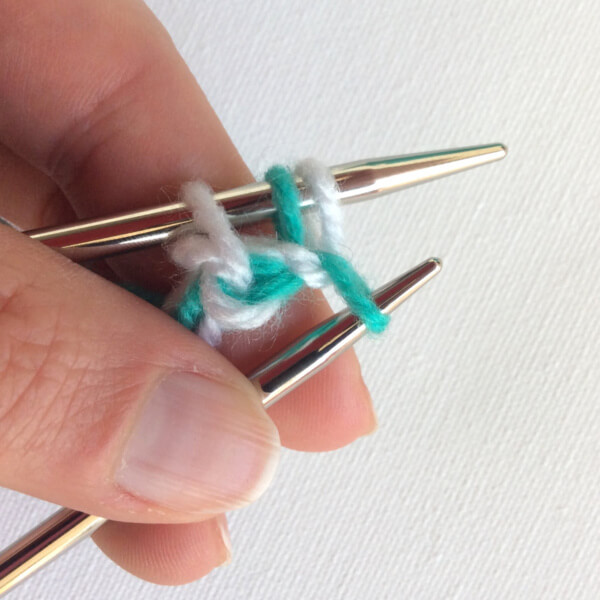
5. Again put this loop twisted on the left hand needle.
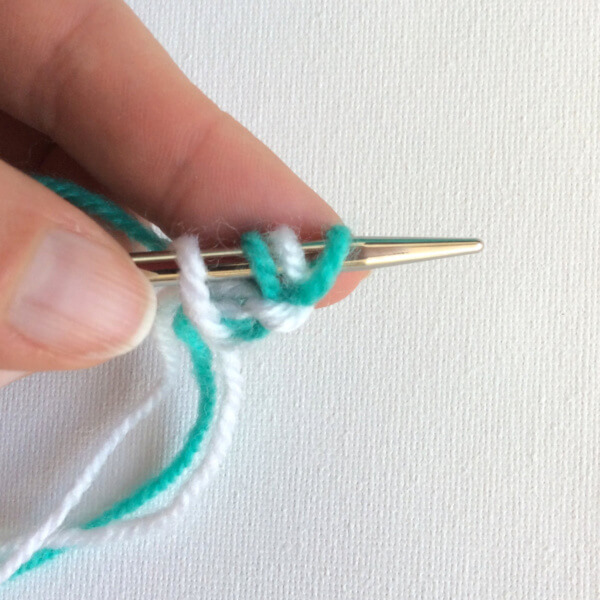
Repeat steps 2 to 5, alternating the two colors, until the required number of stitches has been cast-on. The slipknot that you started with, can now be dropped. This way you avoid a very noticeable knot in your work.
Now you are ready to start your two-colored knitting project!
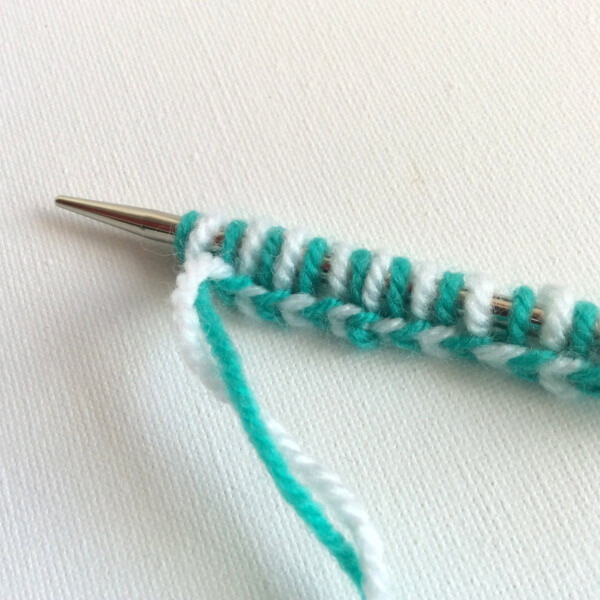
This cast-on is not only useful for brioche projects. It also lends itself very nicely for starting double-knitting projects. I also sometimes use it just to have a nice two-tone edge to my project, because I find it very decorative on its own.
tutorial: a two-color cast-on Read More »

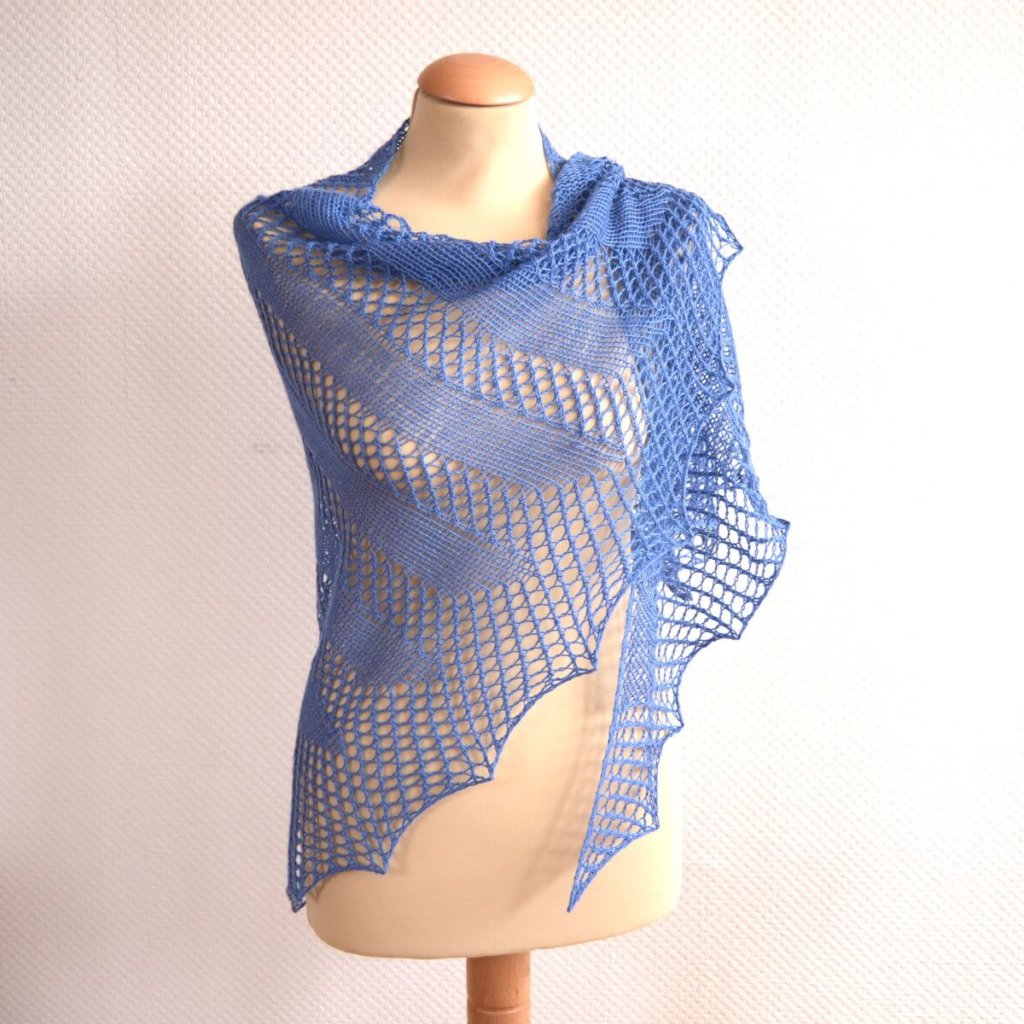


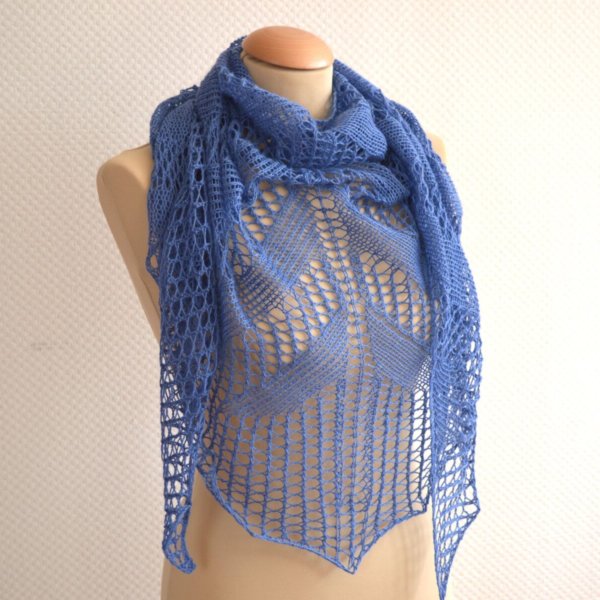

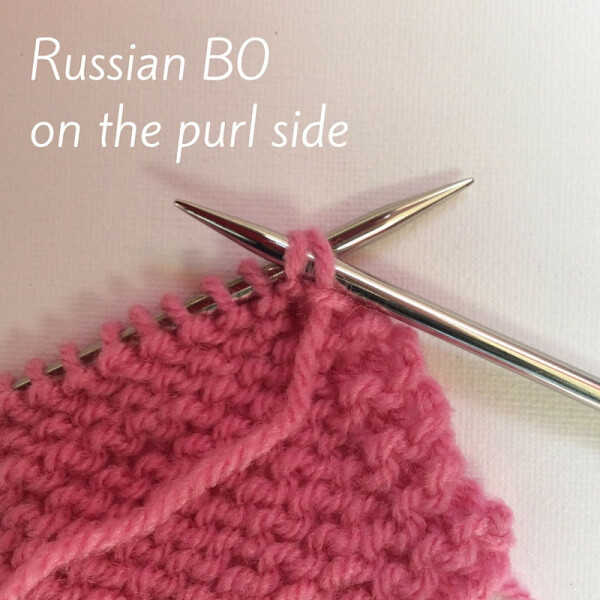
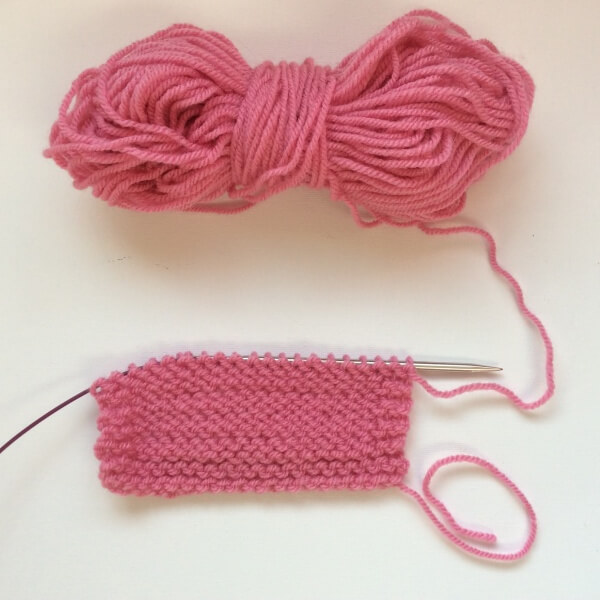
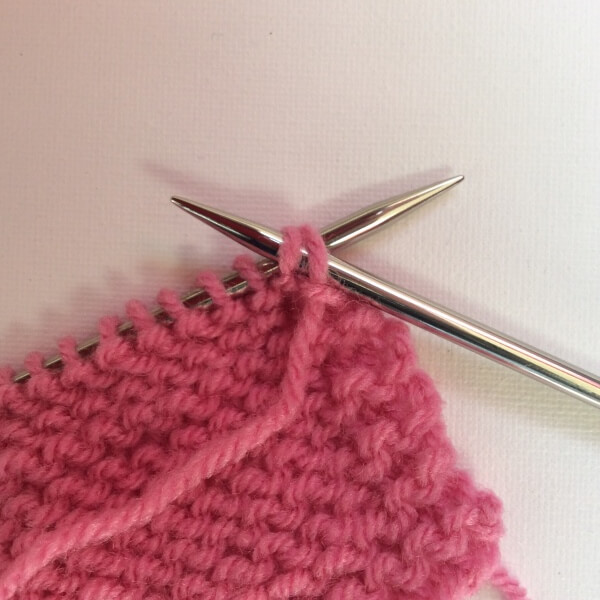
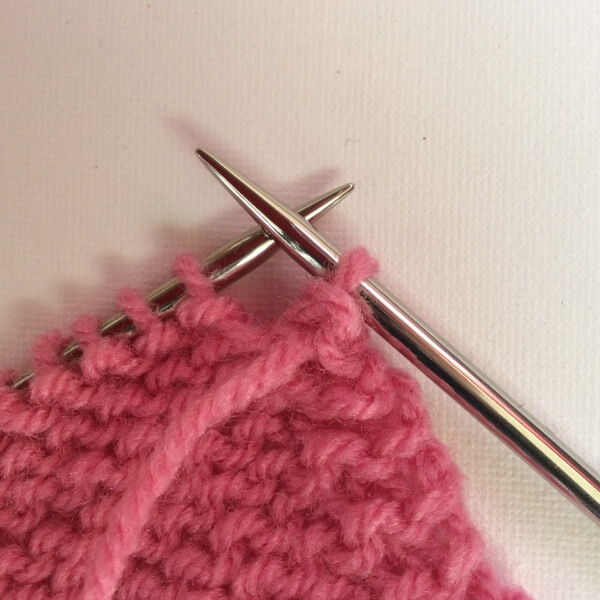
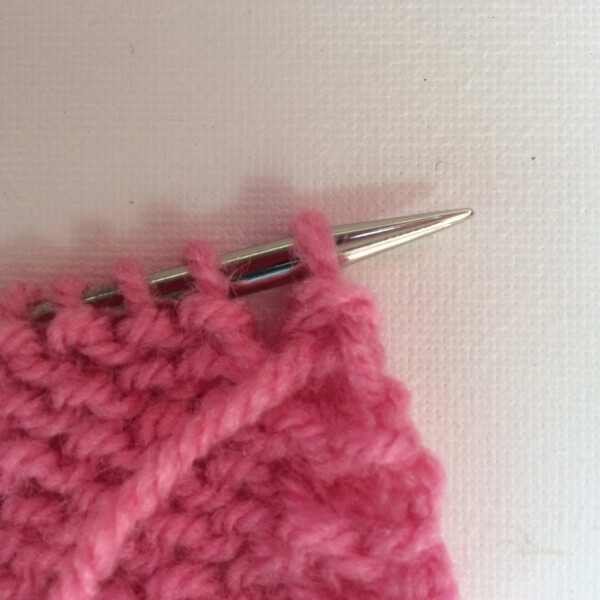
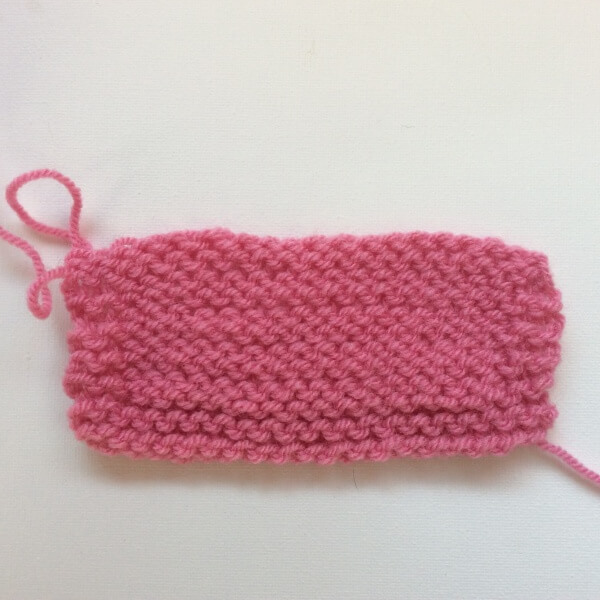
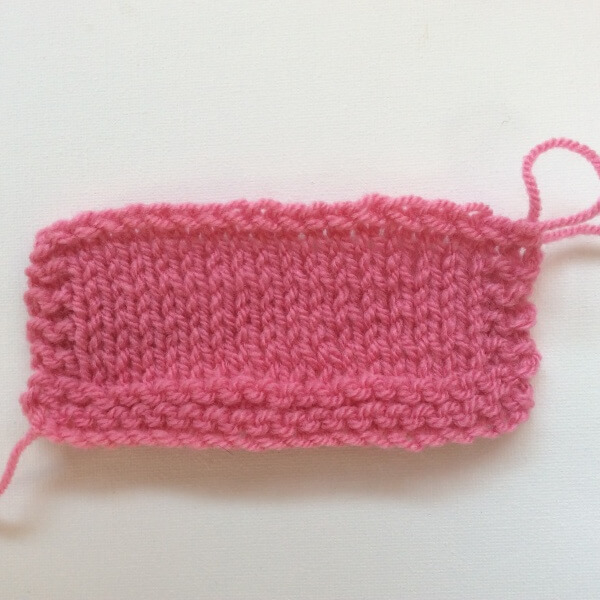
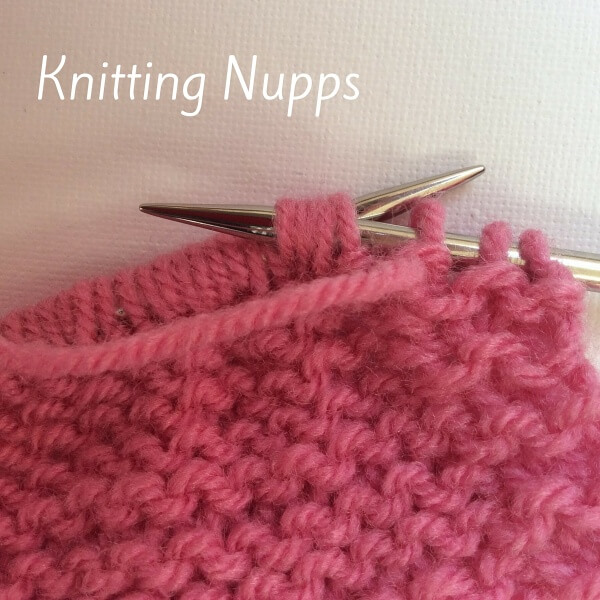
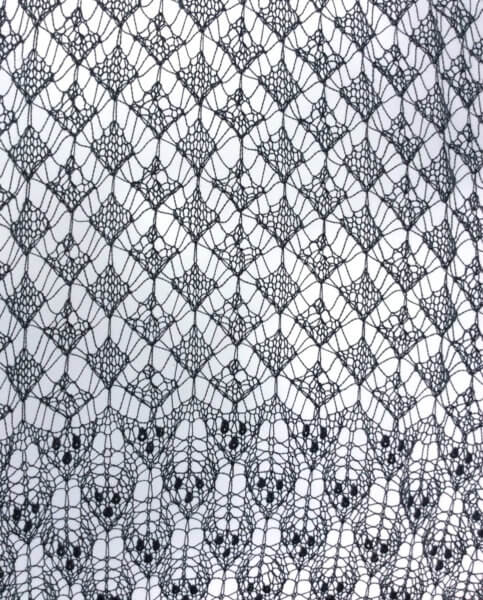
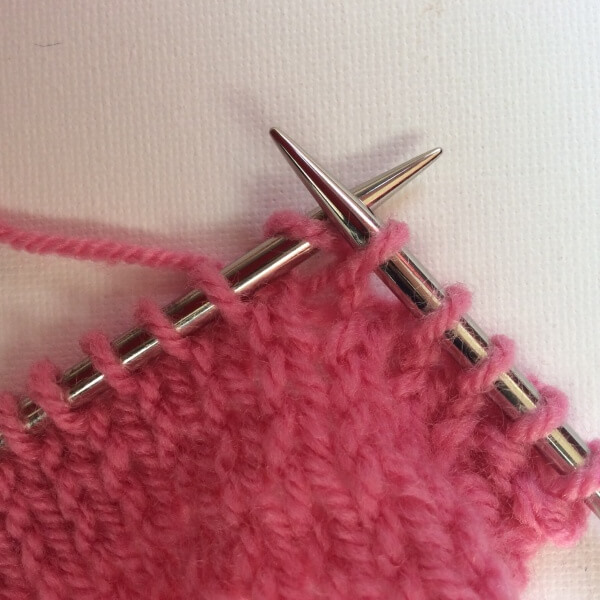
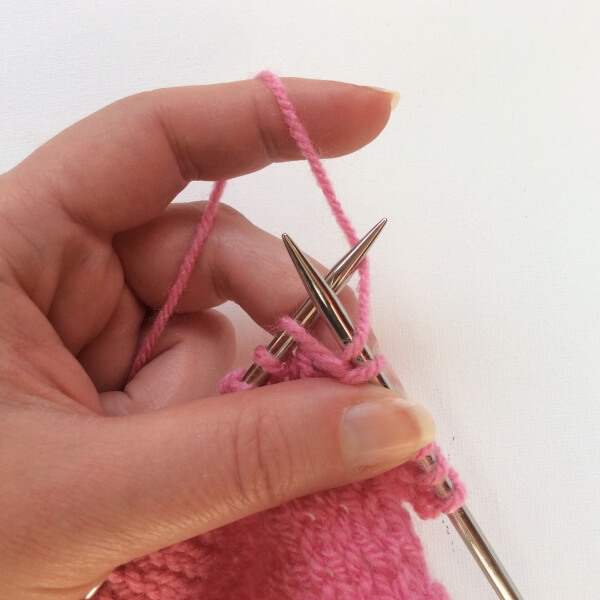
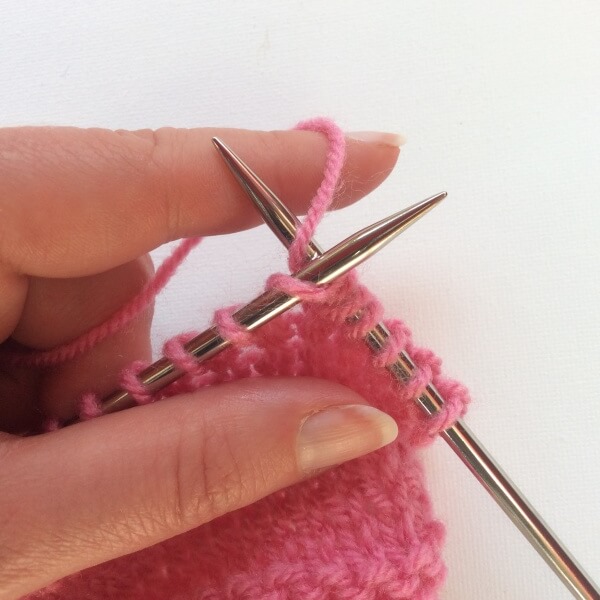
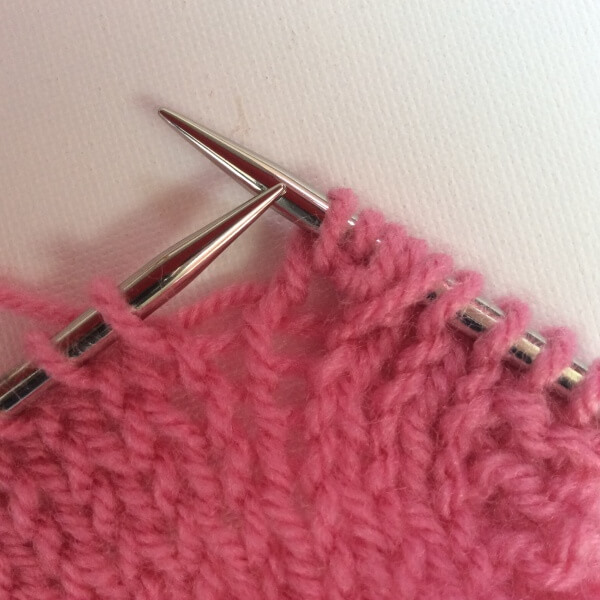
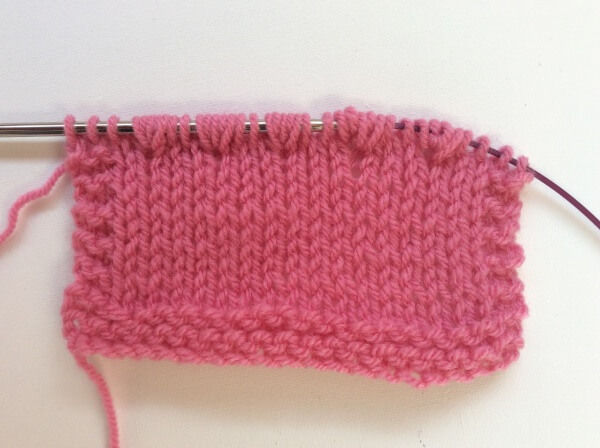
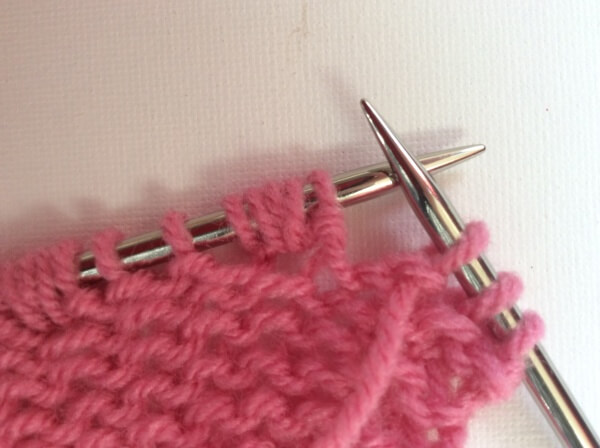
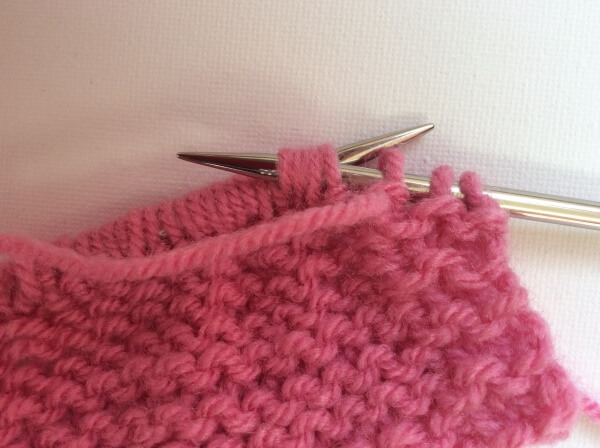
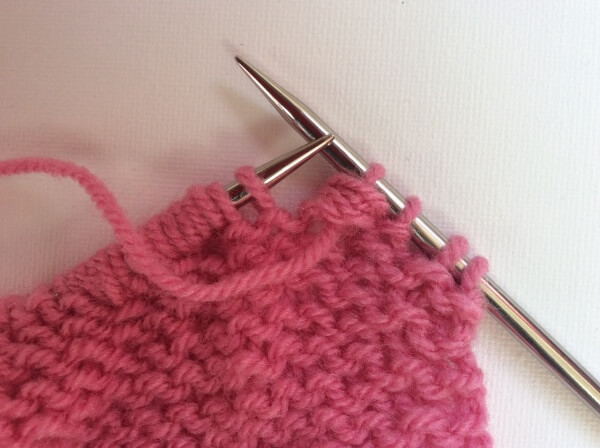

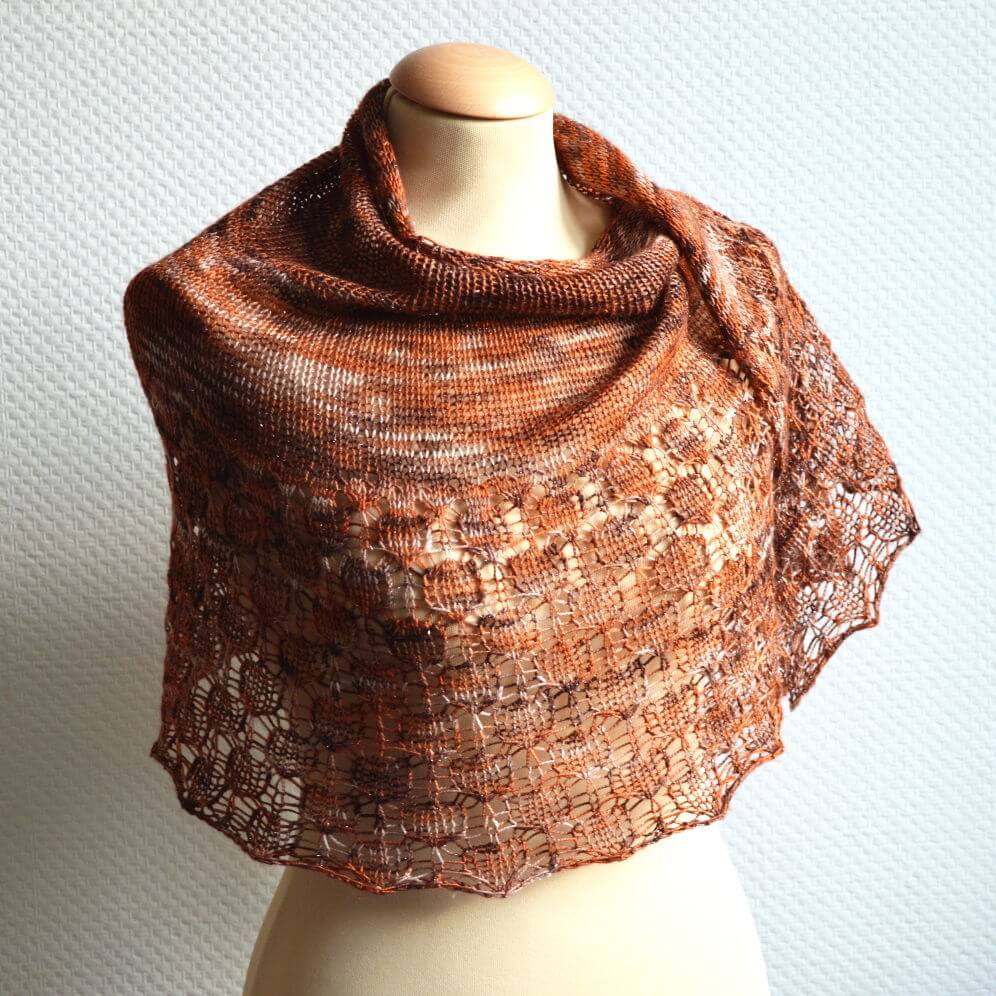

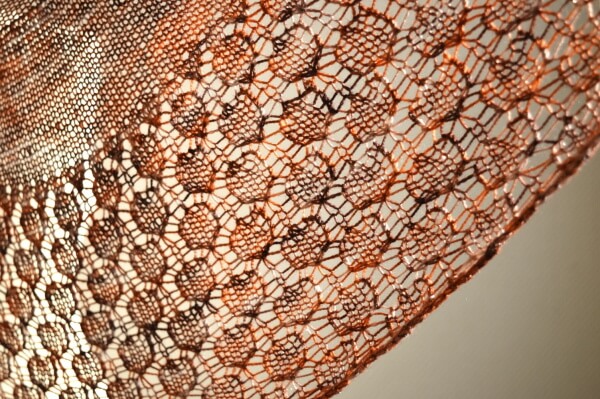

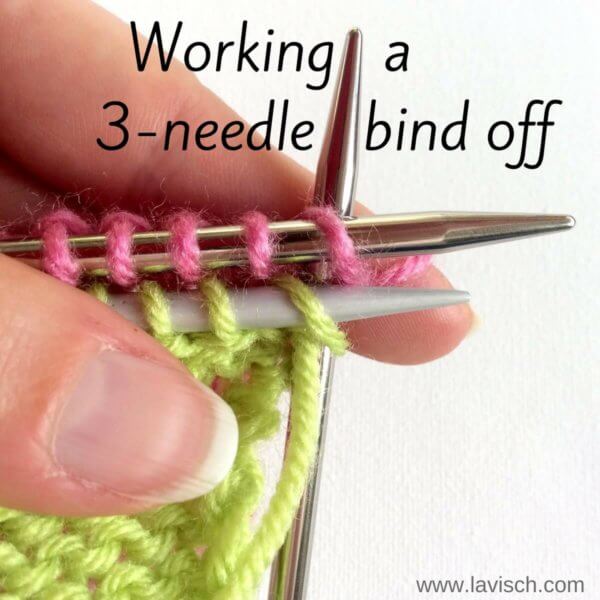
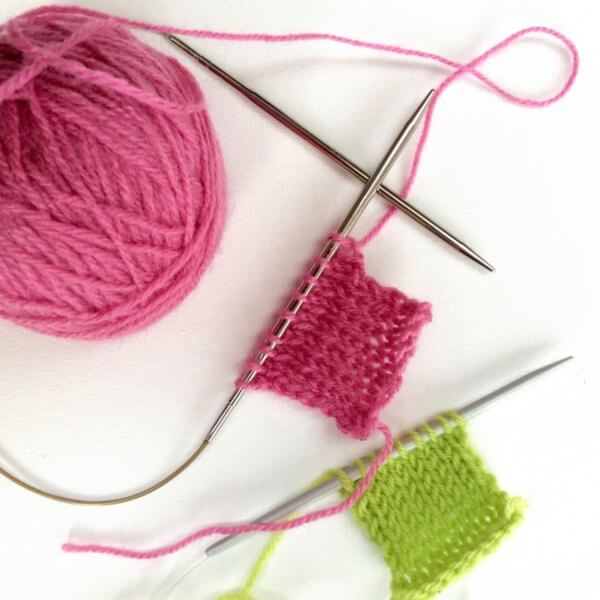
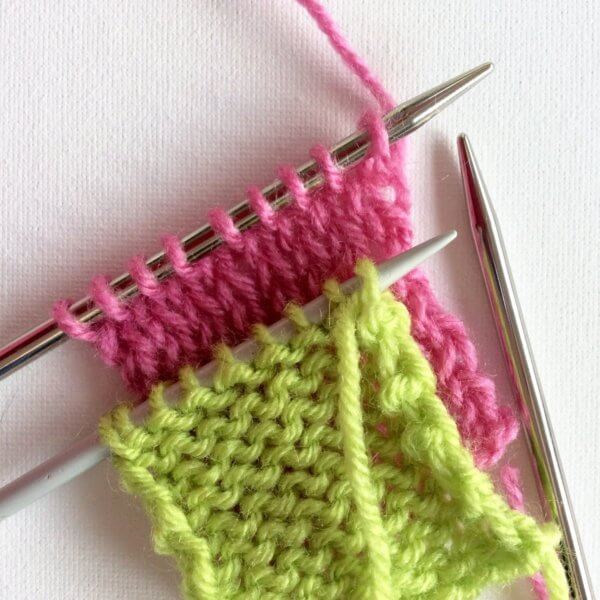
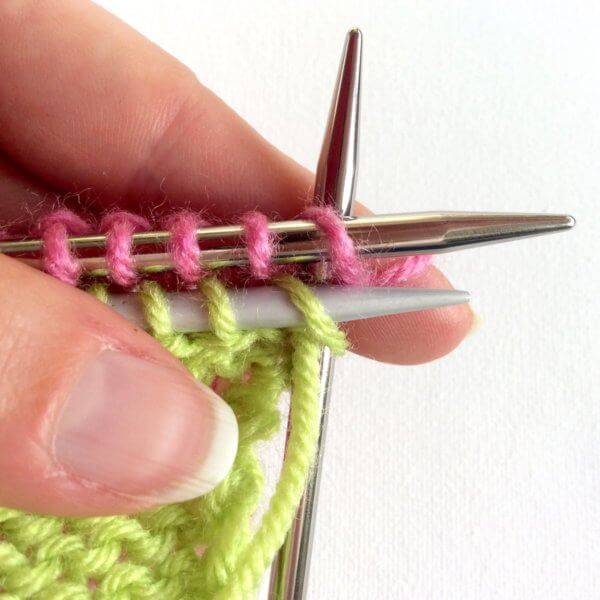
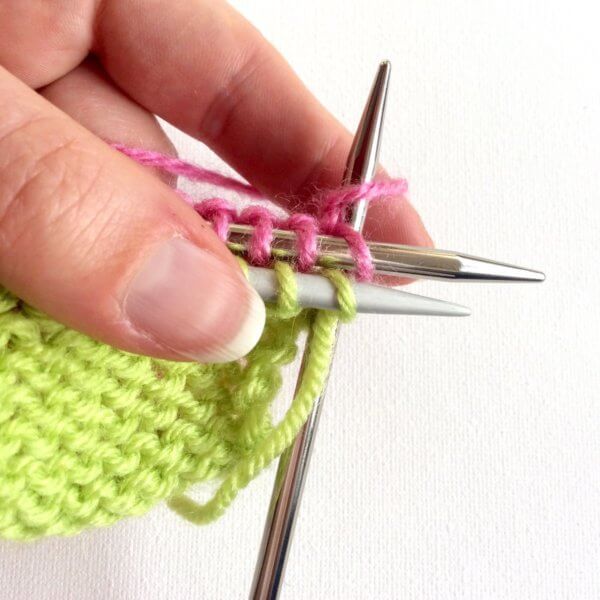
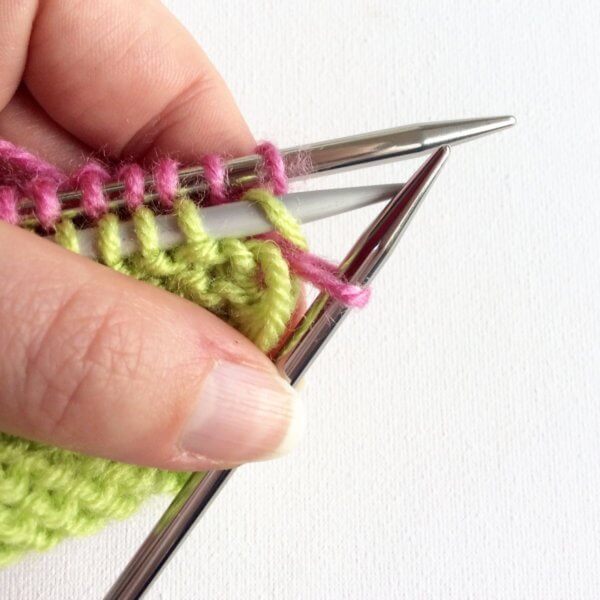
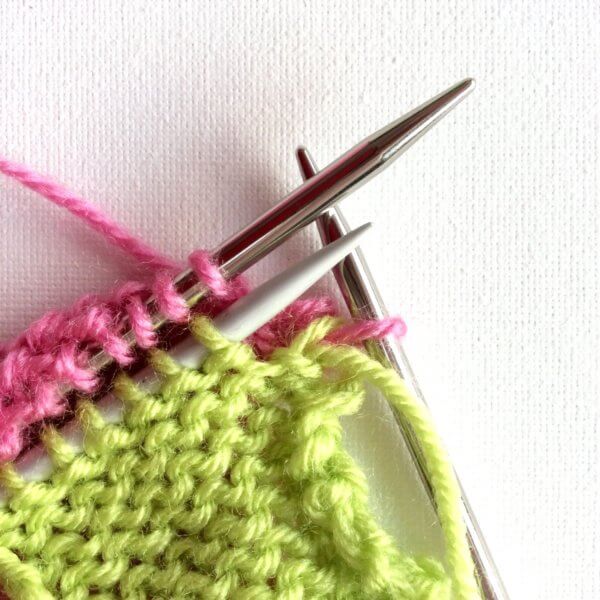
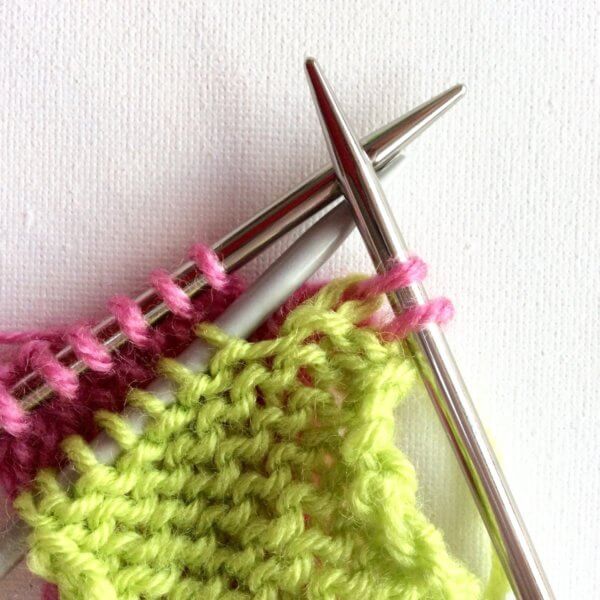
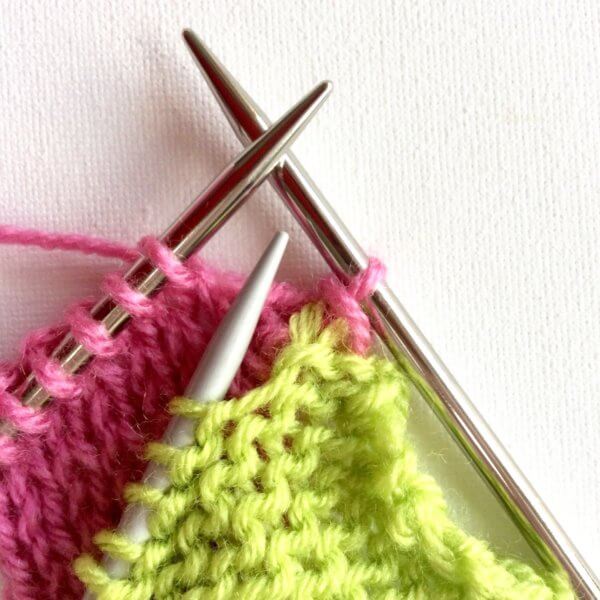
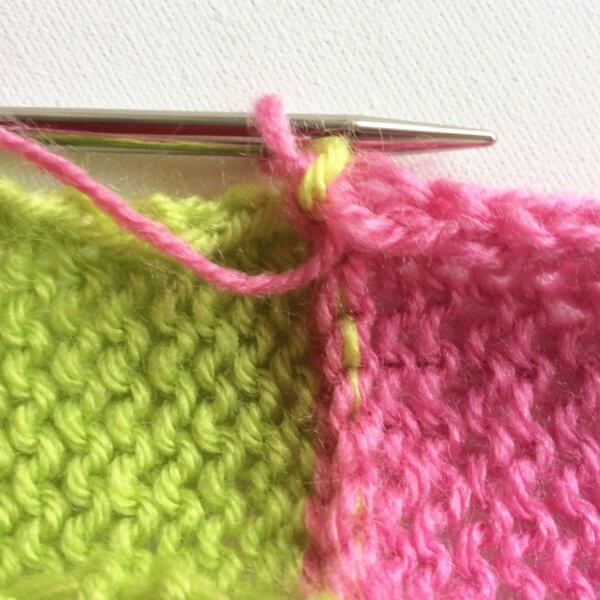
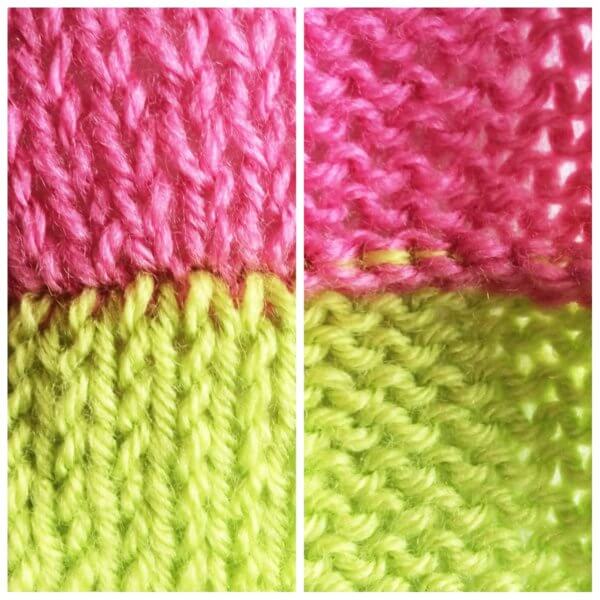
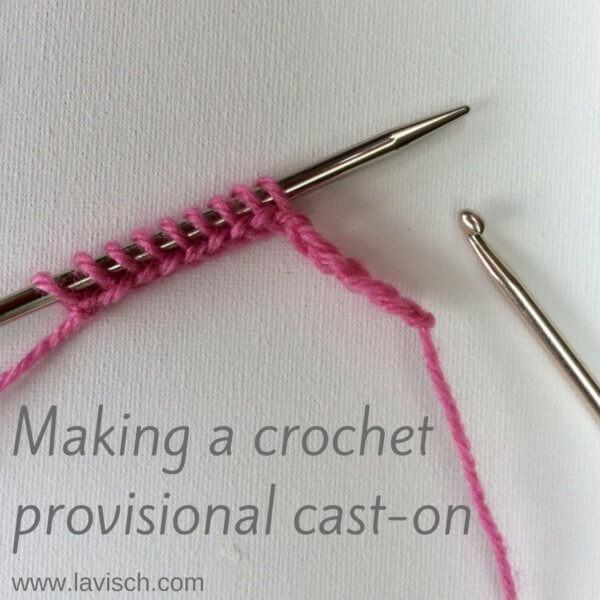
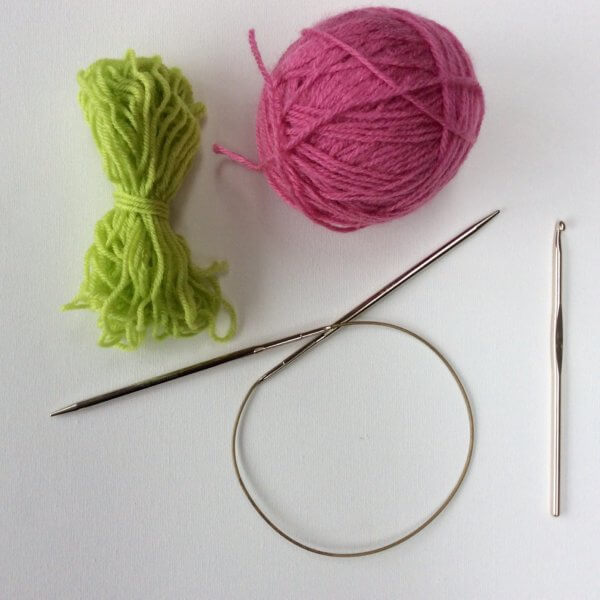
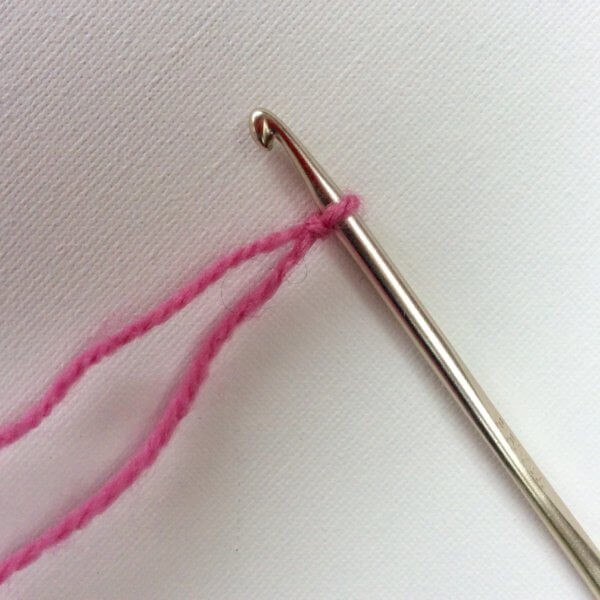
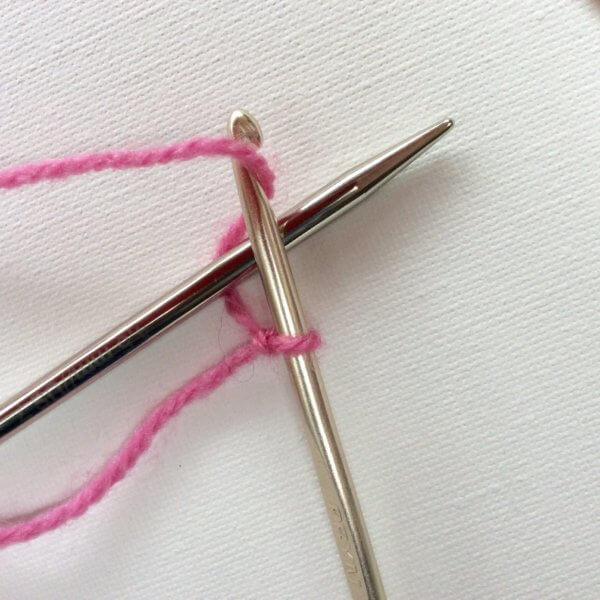
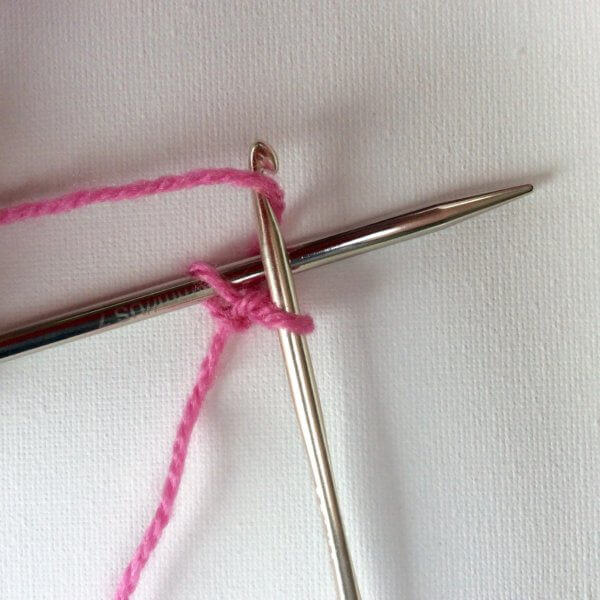
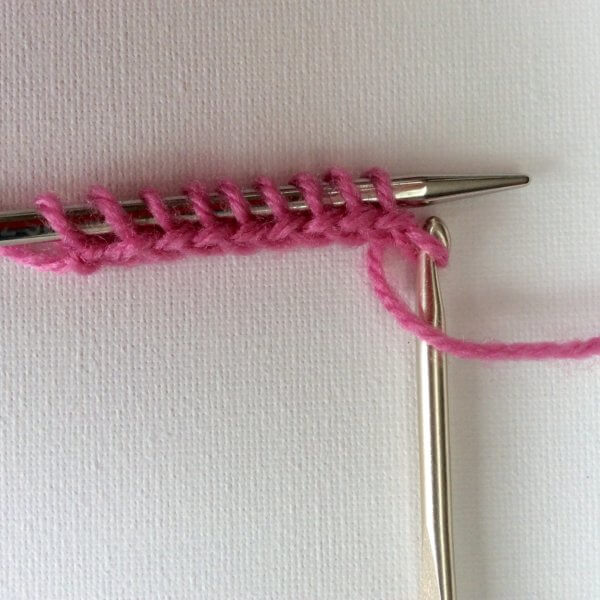
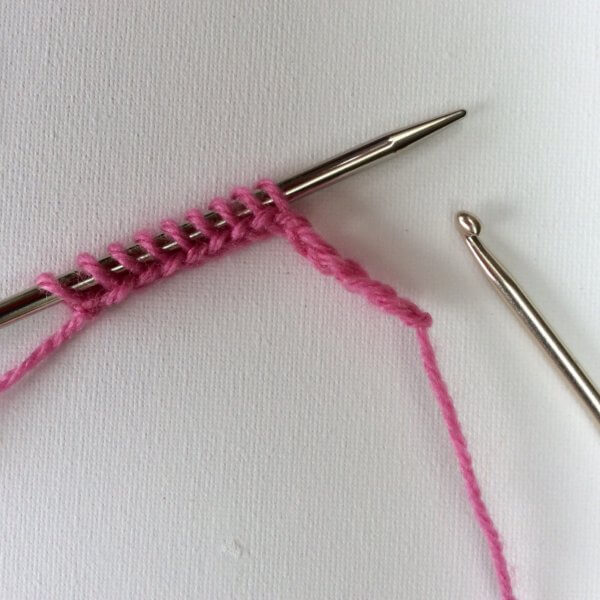
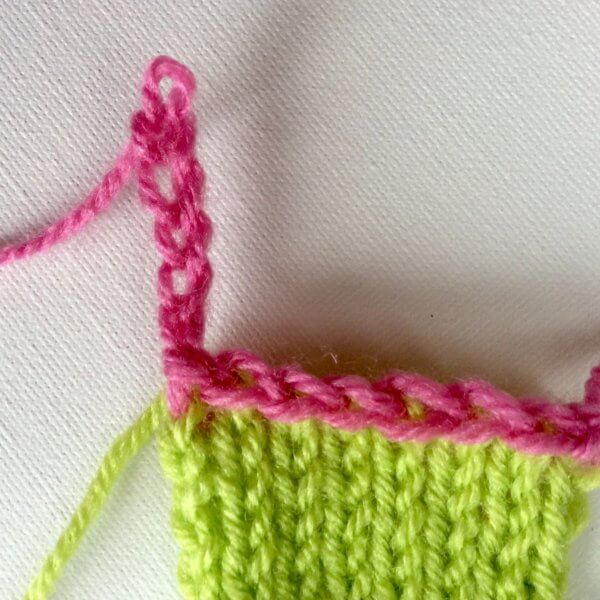
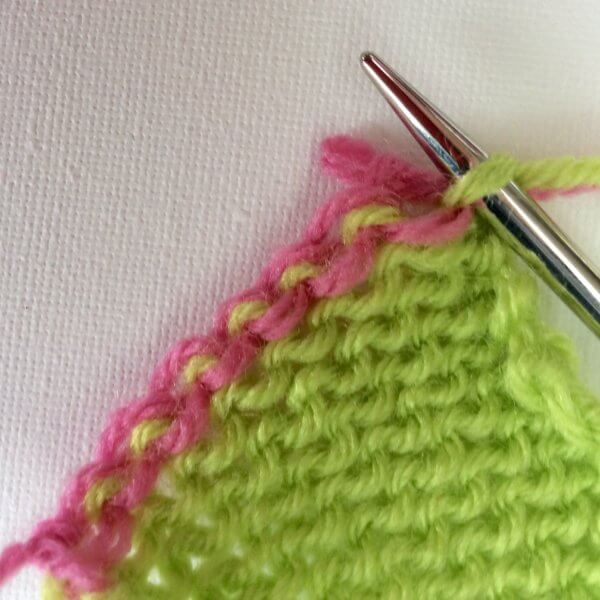

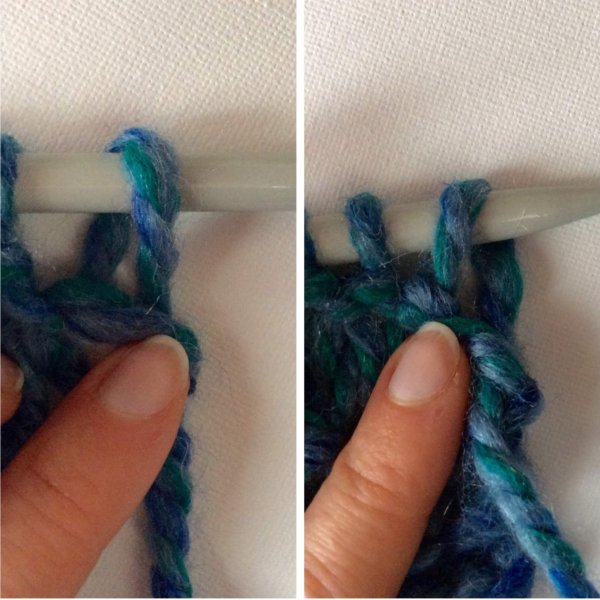 Left in this picture is the regular orientation, on the right, there is a twisted stitch on the needle. This is no problem though: Just knit (or purl) the twisted stitch through the back loop to untwist the stitch mount.
Left in this picture is the regular orientation, on the right, there is a twisted stitch on the needle. This is no problem though: Just knit (or purl) the twisted stitch through the back loop to untwist the stitch mount.